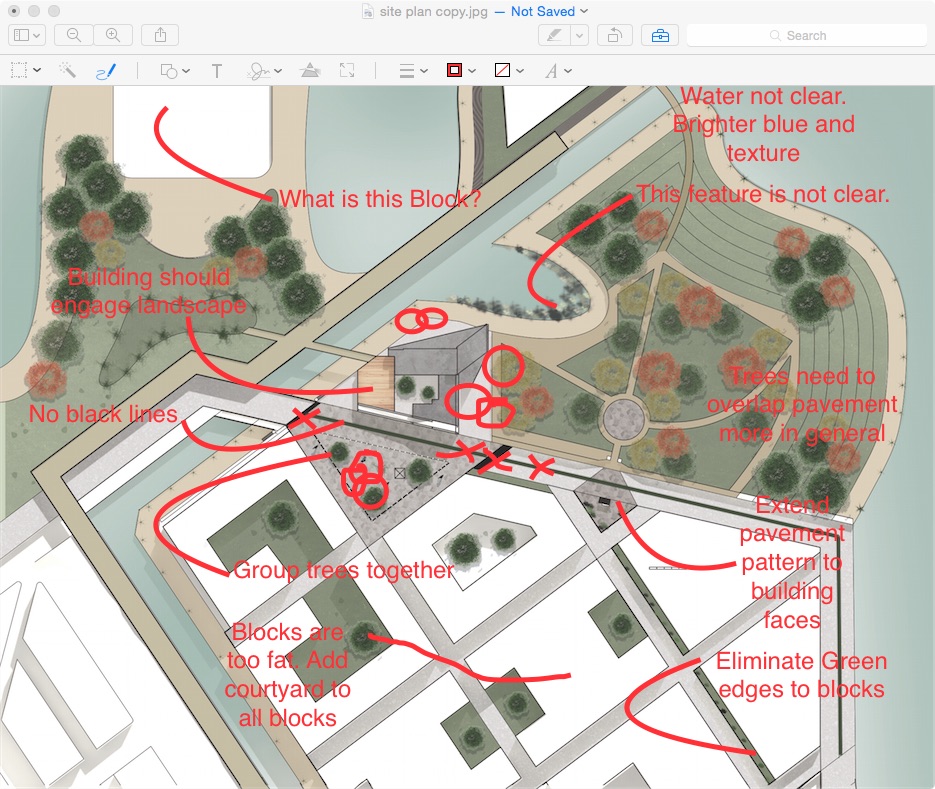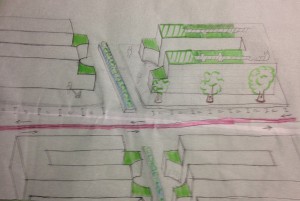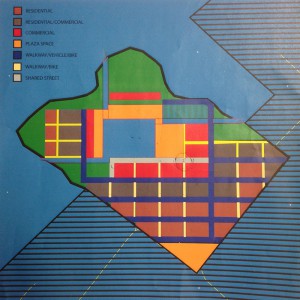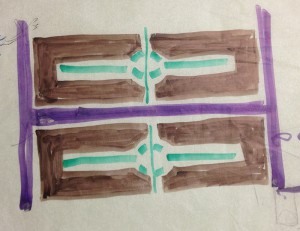Process: Doing the neighborhood analysis of our own neighborhood is good because we got the feel of how an urban neighborhood works and how a block is in the neighbor. Also doing a study of other urban neighborhoods is good because we start to understand how other planners were successful. Doing these processes I for one took elements of each and tried to incorporate it to my teams master plan. Reading Jane Jacobs was really good, she was someone who wasn’t in architecture that had a strong influence on the city and how the social sustainability plays out.
Happy City was good but i feel like i got more from reading Jane Jacobs than the Happy City.
Team work i believe went well. I had a team of really hard workers. We definitely balance out. Where someone had a weakness, it was another’s strength.
The Client interaction was good because it brings the real world to the school world but i believe that the clients have to be more inform about the process and the project so the student can get a clear understanding of the program and what the client wants.
Master Plan vs Architectural
I believe connecting the master plan with the architectural was good. Because it allows us to understand how to design a building that interacts with the site. And how the site and the surrounding elements affects your building.







